Toft Tunnel
Toft Tunnel
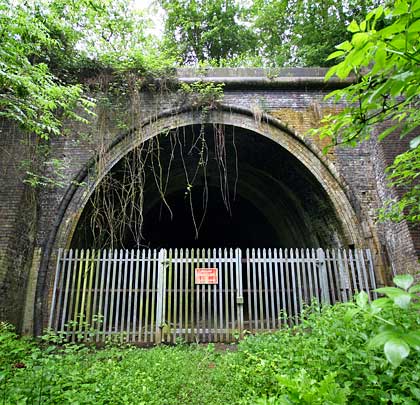
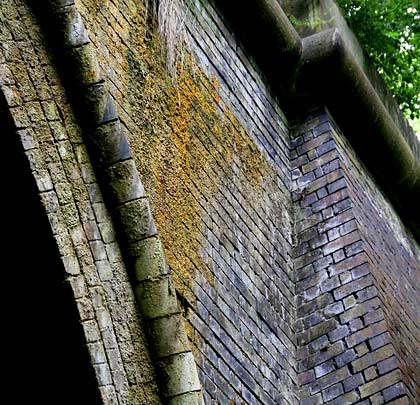
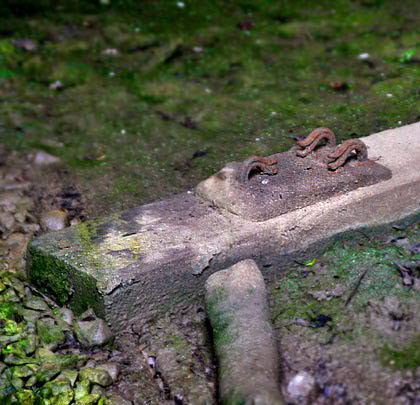
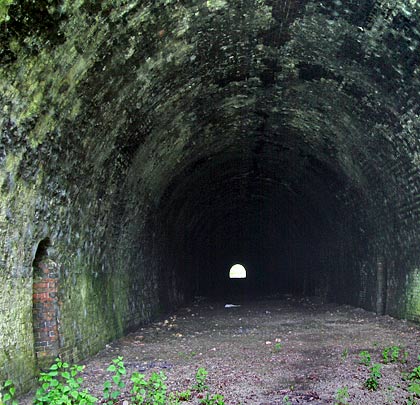
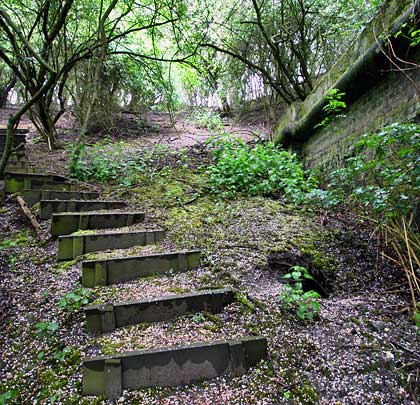
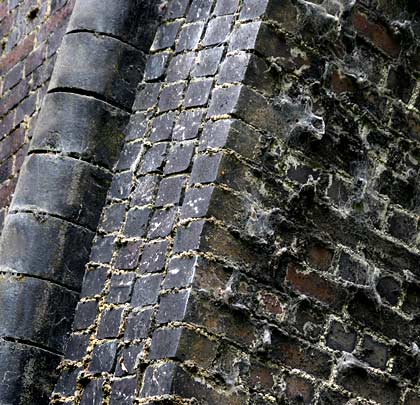
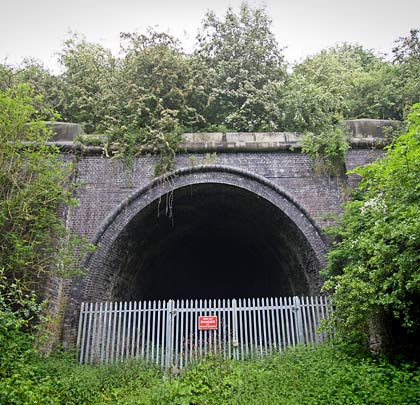







The Eastern & Midlands Railway Company was incorporated by an Act of Parliament on 18th August 1882, and brought together a number of lines – mostly single track – with the aim of establishing a connection between the industrial Midlands and the East Coast ports, primarily for freight traffic.
To fill a missing link, the Bourne to Saxby Railway Act was authorised in 1888, resulting in the E&M making progress to the west from Bourne whilst the Midland pushed eastwards from Saxby, although the latter was impacted by an outbreak of smallpox amongst the navvies. The two railways met head-on at Little Bytham.
Responsible for fulfilling the Eastern & Midland’s obligations had been resident engineer George MacDonald, supervising the work of contractor William Mousley of Eccleshall, Staffordshire. Theirs was the most challenging section of the overall route and involved penetrating a ridge to the west of Bourne through which the 330-yard Toft Tunnel had to be driven. Preliminary work got underway in November 1890, four months prior to the main tunnelling operations. An initial workforce of 100 navvies soon increased to about 400.
Work on the tunnel proved difficult and demanded the excavation of 300,000 cubic yards of shale. Much of the spoil was taken to Spalding where it formed the embankment for a new loop line. It was the spring of 1893 before the tunnel was completed, with around 2.5 million Staffordshire blue brindles being needed for the lining.
The first goods train to pass through departed from Leicester on 4th June 1893, one of 30 to make the journey that day. An absence of facilities delayed the introduction of passenger traffic until 1st May 1894. By that time, the properties of the E&M had been acquired by the Midland and Great Northern companies, managed by a Joint Committee with each having equal rights.
Built for two tracks, Toft was the only tunnel on their joint system. Its portals are imposing, being brick-built except for masonry detailing. Included is a course of semi-circular blocks that frames the four-brick thick lining, characteristic of GN portals. Inside, refuges are staggered between the two sides.
In the face of vigorous local opposition, both passenger and goods services ended on 28th February 1959, despite the route being heavily trafficked during the summer months. Work to remove the tracks started in 1962. The approach cuttings and land over the tunnel now form the Toft Tunnel Nature Reserve while the bore itself is a bat hibernaculum.








